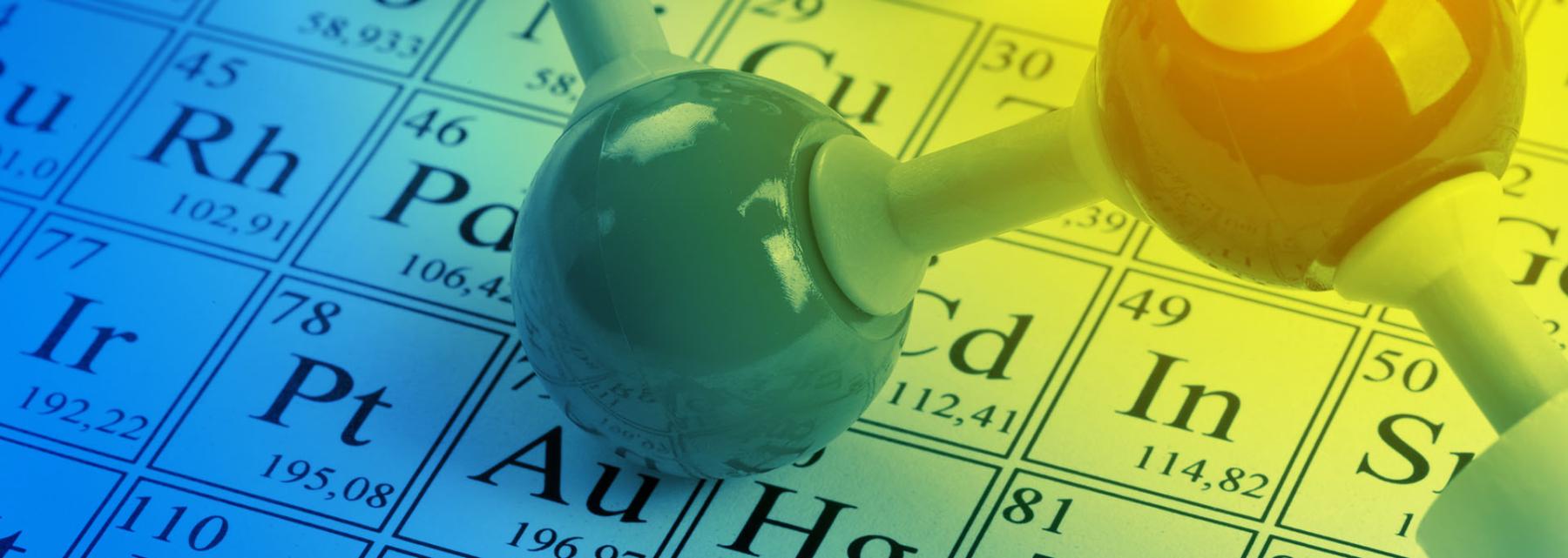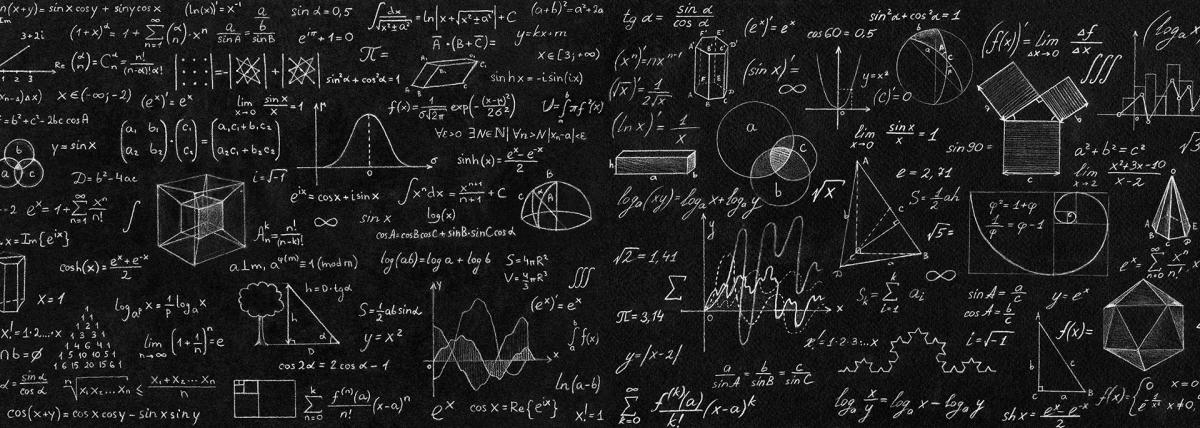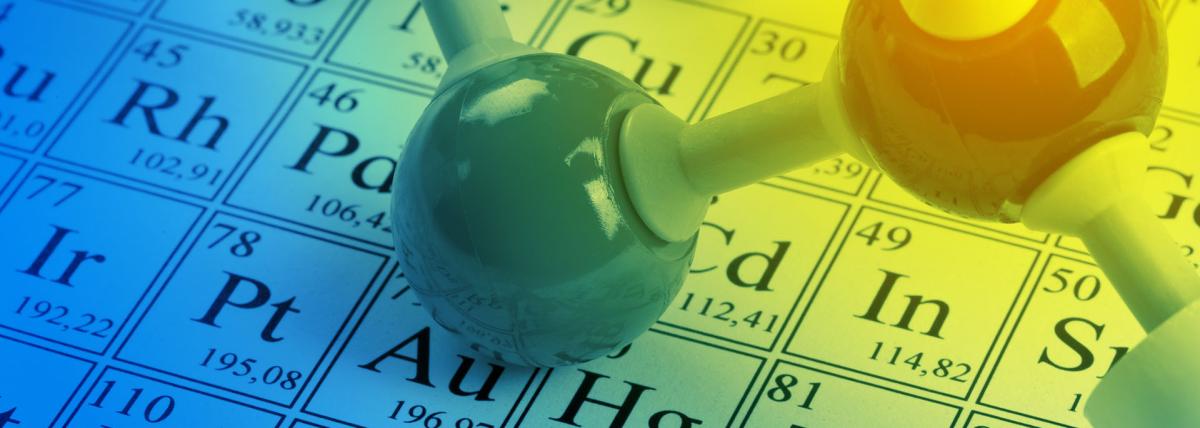
pH of Soils and Introduction to Analytical Techniques
This lesson took place in a 90 minute after school STEM club (could work in 2 - 45 minute class periods). Students may work in small groups of 2-4. An emphasis on sample collection and analytical techniques. Student exploration and different soil types are recommended. Facilitate student reflection on why and how different soils grow different plants.
Lesson Grade Level
8th GradeLesson Plan Link/URL
https://docs.google.com/presentation/d/1RLmE8jJtJJxXVIvzLDJqAl2LkfO9gsFU/edit?u…Subject Area
Science Physical Science P1: Matter Technology 5. Computational Thinker Mathematics Measurement and Data (MD)Related Content

This is a multiple-day lesson plan based on Newton's 3 Laws of Motion. Students begin the lesson by collecting data observing coins moving across a table. After making the observations, students will

Data Science Inquiry: Me and We
This engaging lesson is the 2nd lesson in a series of 2 focused on data science inquiry. Students use their My Data Portraits from Lesson 1 for data collection, analysis, presentation, reflection and

This lesson shows how matter can be subdivided into particles too small to be seen by creating ice cream in a bag from measured ingredients.